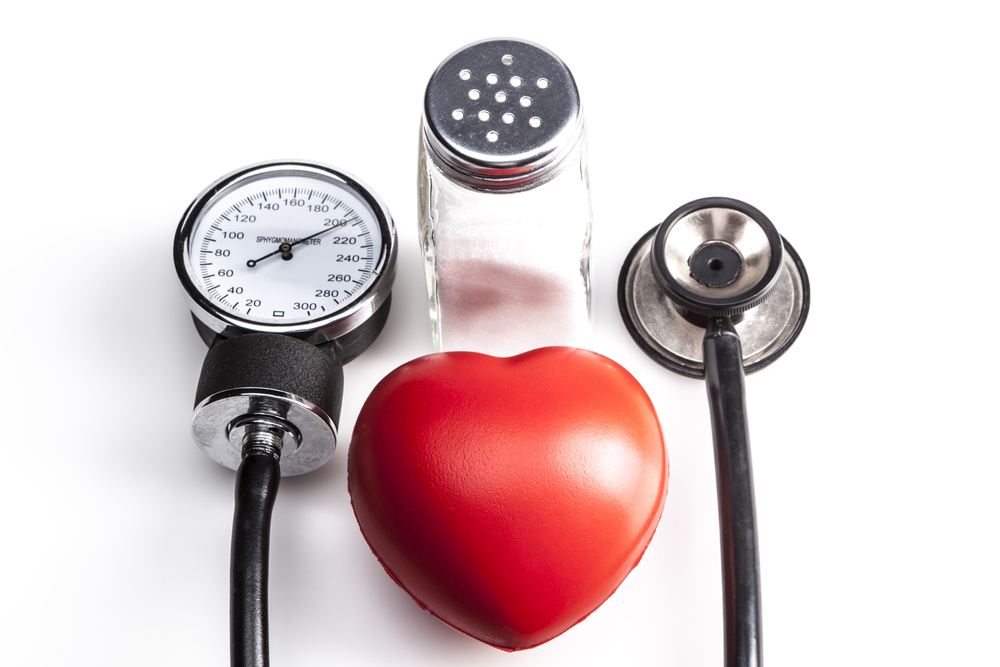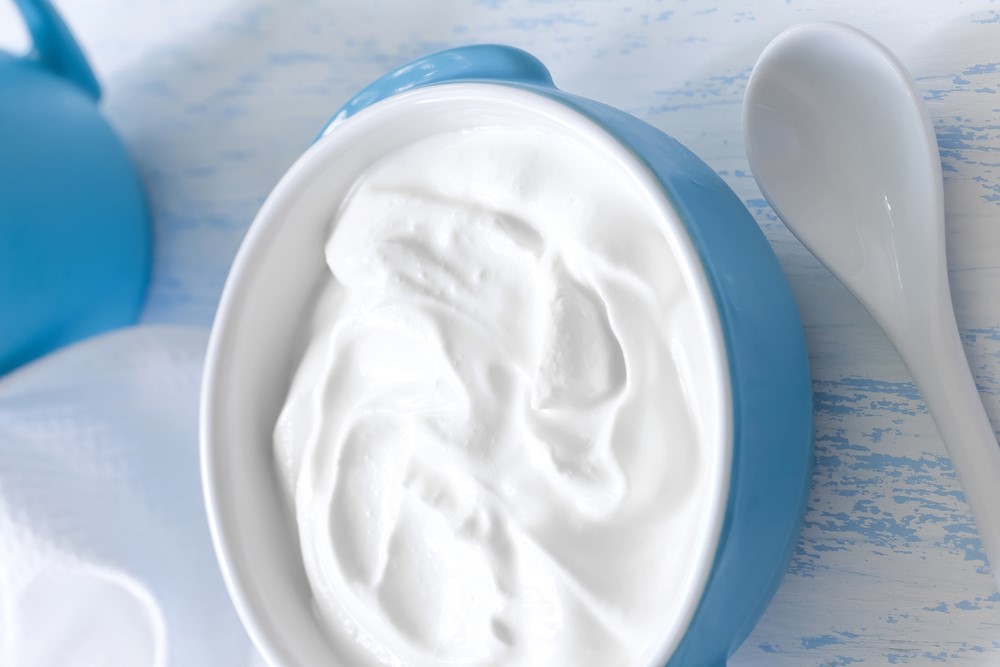By: Amanda Belo
High blood pressure, heart attack, stroke… life-threatening illnesses can happen if we don’t take care of our hearts. More specifically, the health risk factors associated with excess sodium can lead to a plethora of cardiovascular issues. Show someone you love them this year by taking a little extra care of your own heart!
Hypertension, or high blood pressure, occurs among 29% of U.S. adults and most people consume well over the recommended amount of sodium each day. The 2015–2020 Dietary Guidelines for Americans recommends consuming less than 2,300 mg of dietary sodium per day for persons aged 14 years and older. On average, Americans take in more than 3,400 mg of sodium per day with about 77% coming from packaged, prepared and restaurant foods.
Sodium Heavy Foods
Lowering excess sodium intake can reduce blood pressure, which your heart will appreciate. Give your heart some lovin’ and watch out for these foods that you may or may not know can pack in the sodium!
- Deli meats
- Breakfast cereal
- Vegetable juice
- Canned soups and veggies
- Flavor packets and condiments
- Frozen meals
- Spaghetti sauce
- Bread and tortillas
- Dairy products
Tips to Lower Sodium Intake
At the Store
- Compare labels and choose products with the lowest amount of sodium.
- Choose fresh or frozen poultry where a sodium solution has not been added.
- Look for products with the American Heart Association’s Heart-Check mark to find foods that can be part of an overall healthy dietary pattern.
- Buy more fresh fruits and vegetables and low-fat dairy.
At a Restaurant
- Request your order to be made without extra salt.
- Reduce your portion sizes and taste your food before adding salt.
- Look for dishes that are steamed, baked, grilled, poached or roasted, which tend to have less sodium.
At Home
- Use salt-free herbs and spices, or citrus juices and vinegars in place of some or all of the salt for flavor.
- Drain and rinse canned beans and vegetables.
- To reduce the need for salt, cook by grilling, braising, roasting, searing, and sautéing to bring out the natural flavors in foods.
Resources:
- https://www.cdc.gov/mmwr/preview/mmwrhtml/mm6452a1.htm?s_cid=mm6452a1_w
- https://sodiumbreakup.heart.org/sodium_and_your_health
- https://www.everydayhealth.com/heart-health-pictures/10-sneaky-sodium-bombs.aspx#1
- https://www.cdc.gov/salt/pdfs/sodium_dietary_guidelines.pdf






Comments (0)